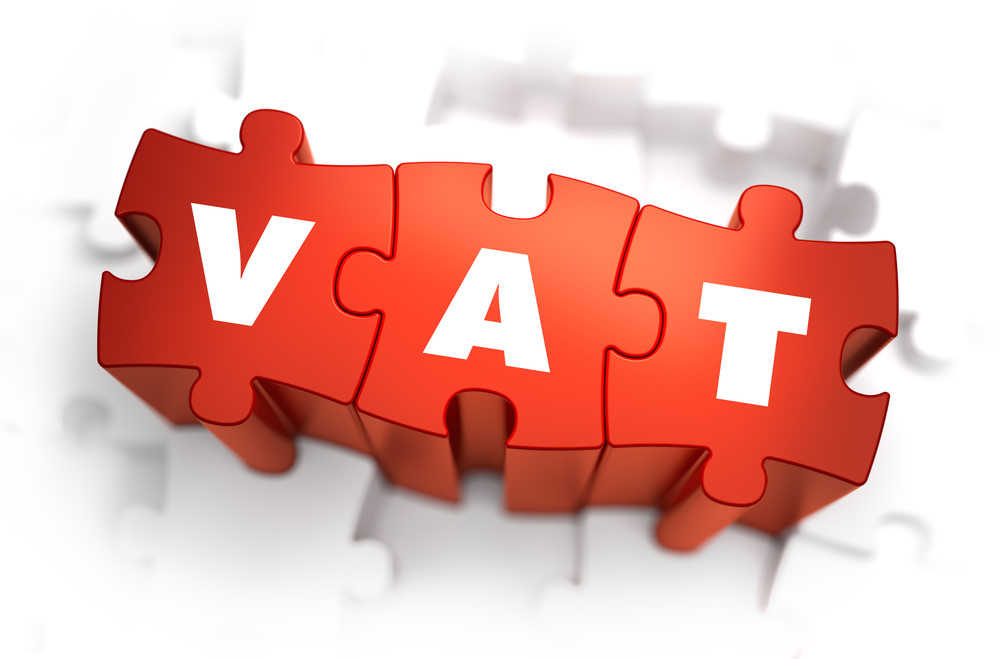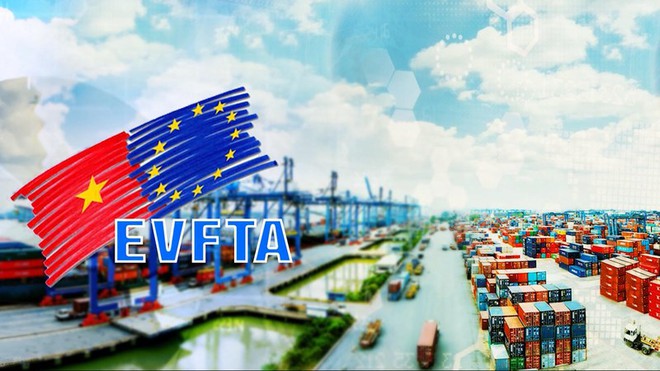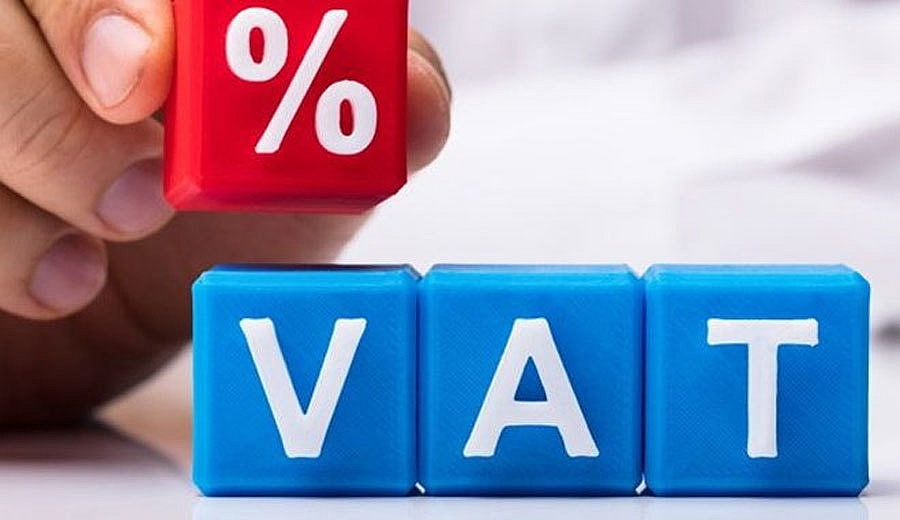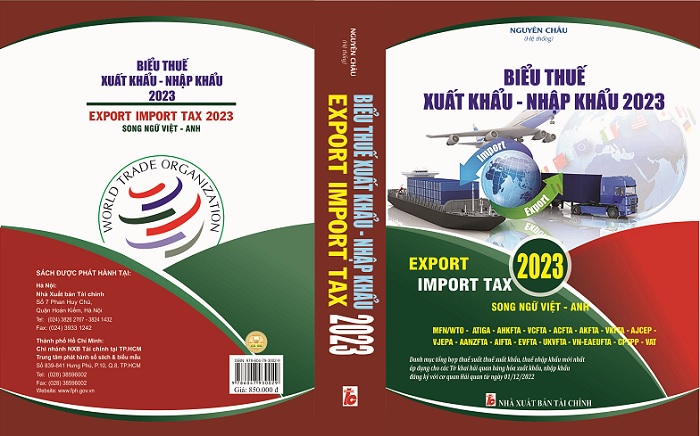TAX REFUND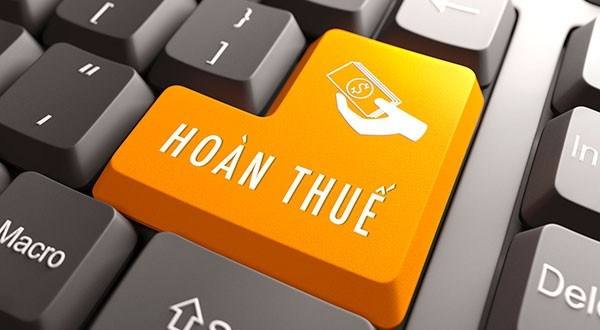
1.What is value added tax refund?
Value-added tax refund is understood as a tax refunded by the state that the taxpayer has completely paid to the State Budget. More specifically, the state budget is returned to business units, business organizations, and individuals purchasing goods and services. The amount of tax paid is the amount of input tax when you pay to buy goods and services that have not been deducted by the business unit during the tax period. Or that unit or individual is not subject to tax.
2. Cases of Value Added Tax refund
Subjects of VAT refund
- Business establishments pay Value Added Tax using the tax deduction method. VAT will be refunded if for three consecutive months or more there is input VAT that has not been fully deducted.
Another case is business establishments that have registered to pay VAT using the tax deduction method. But there are new investment projects and are in the investment phase. Which includes the value added tax on goods and services purchased for use in investment. But if the remaining tax of two hundred million VND or more has not been fully deducted, VAT will be refunded.
- Business establishments that have goods and services exported during the month. If you have an input value-added tax amount of two hundred million VND or more that has not been deducted, you will also receive a monthly VAT refund.
- Business establishments that pay VAT according to the tax deduction method receive a VAT refund when: ownership conversion, business conversion, merger, consolidation, separation, dissolution, bankruptcy and termination of operations without There is an overpaid VAT amount or an input VAT amount that has not been fully deducted.
- The business establishment obtains a VAT refund decision from a competent authority according to the provisions of law.
3. Conditions for VAT refund
– Enterprises must have a negative VAT amount for 3 consecutive months or more. Have a deductible tax amount of 200,000,000 VND or more.
– Input documents must be "clean" documents. That is, do not buy short when there is no transaction of buying, selling or exchanging goods.
– Make full payment via bank for each export and import order.
– Payment via bank for invoices with a total payment of over 20 million VND.
– Clear proof of payment through banks for each export order and each financial invoice.
4. VAT refund time
Refund first - check later: 15 working days from the date of receipt of complete tax refund dossiers, applicable to businesses that comply well
Check first - refund later: 60 working days from the date of receiving the complete tax refund dossier. Applicable to Enterprises that refund tax for the first time or refund tax for the second time onwards but the first refund dossier is found to have many defects.
 EXCEPTION
EXCEPTION
1.What is tax deduction?
Tax deduction is a deduction method applied to current taxes, whereby the subject will not directly pay tax, but the tax amount will be deducted from their purchase expenses or income. .
There are the following types of tax deductions: Personal income tax deduction, value added tax (VAT) deduction, corporate tax deduction.
2.How to deduct personal income tax:
First, for income of non-resident individuals:
Organizations and individuals that pay taxable income to non-resident individuals are responsible for withholding personal income tax before paying income.
Second, for income of resident individuals:
– Income from salaries and wages
– Income from insurance agency activities, lottery agents, and multi-level marketing
– Income from capital investment
– Income from securities transfer
– Income from capital transfer of non-resident individuals
– Income from winning prizes
– Income from copyrights and franchises
3. Deduction of corporate income tax
Except for the expenses specified in Clause 2 of this Article, enterprises can deduct all expenses when determining taxable income if the following conditions are met:
- a) Actual expenses incurred related to production and business activities of the enterprise; Expenditures for carrying out national defense and security tasks of the enterprise according to the provisions of law;
- b) Expenses have sufficient invoices and documents as prescribed by law. For invoices for each purchase of goods and services with a value of twenty million VND or more, there must be non-cash payment documents, except in cases where non-cash payment documents are not required. according to regulations of the Law.
4. Value Added Tax Deduction
-
- What is VAT deduction?
VAT deduction (also known as VAT) is an activity in which businesses need to determine the exact amount of tax payable based on the result of subtracting the value tax amount from the output value-added tax amount. increase input.
Input VAT is understood to mean that when a business purchases a certain amount of goods, it will be subject to VAT on that product, and when a business sells a product to a consumer, that person will have to pay VAT on that type of product. that goods.
VAT that businesses need to pay = Output VAT - Input VAT.
- Conditions for VAT deduction
To deduct value-added tax for taxable goods and services, the following conditions must be met.
- Have valid and legal invoices
- When purchasing products or services, businesses need to provide legal VAT invoices for that type of goods or provide documents for VAT payment at the import stage.
- Must have documents confirming payment via bank.
- When making a transaction to import goods with a value of over 20 million VND, the buyer needs to make the transaction through a bank and must have documents confirming the transaction from the bank. In case the transaction is paid in cash, VAT will not be deducted and will be included in the reasonable expenses section.
Note: The accounts of the buyer and seller are accounts that have been registered or notified to the tax authorities.
- Goods and services with deferred payment or installment payments with a value of over 20 million VND
- Enterprises, based on the sales contract, authenticated documents, VAT invoices and certification from the bank performing the transaction, will deduct input VAT.
Other cases need attention
- If you buy goods or services from a supplier with a transaction value of less than 20 million VND but buy many times in one day, deduct input VAT for transactions made through banks and have confirmation documents. from the bank.
- If you purchase a car with less than 9 seats for businesses that do not operate transportation or tourism with a value of over 1.6 billion VND, you will only be able to deduct VAT according to regulations under 1.6 billion VND, the amount The difference will not be deducted.
- Procedures for deducting VAT
- Have a valid invoice for the goods and services purchased.
- Have transaction confirmation documents from the buyer's and seller's banks for the type of goods and services purchased.
- For goods and services exported to foreign countries, it is necessary to prepare a contract to sell and process exported goods and services with documents confirming the transaction from the bank.
Rights and obligations of businesses when deducting VAT
According to the law, businesses eligible for VAT deduction have the following rights:
- Enterprises have the right to prepare documents requesting tax deductions.
- Register to pay VAT in the form of tax deduction.
- The tax amount is deducted according to regulations.
- For administrative actions of tax officials or tax authorities that do not deduct taxes in accordance with regulations, businesses have the right to sue and complain.
Along with the benefits of businesses in receiving VAT deductions, the obligations businesses need to fulfill are:
- Enterprises provide documents and supplement relevant documents and records as requested by tax authorities.
- Enterprises need to strictly and fully comply with regulations on accounting - invoices - documents as a basis for determining the amount of tax withheld.
LATE PAYMENT
1. Cases where tax late payment interest must be paid
Enterprises must pay late tax payment interest in the following cases:
– Taxpayers pay tax late compared to the prescribed deadline, the tax payment extension deadline, the deadline stated in the tax administration agency's notice, the deadline in the tax assessment decision or the agency's handling decision. tax administration;
- If the taxpayer declares an additional tax declaration dossier to increase the tax amount payable, or the tax administration agency or state agency with authority to check or inspect discovers an understatement of the tax amount payable, the tax must be paid. Late payment of the increased tax amount payable from the day following the last day of the tax payment deadline of the tax period with errors or omissions or from the date of expiry of the tax payment deadline of the original customs declaration;
– The taxpayer declares an additional tax declaration dossier that reduces the refunded tax amount, or the tax administration agency or state agency with authority to check or inspect discovers that the refunded tax amount is smaller than the amount. Refunded tax must pay late payment interest for the refunded tax amount that must be recovered from the date the refund is received from the state budget;
– In case the tax debt is paid in installments;
– In case of not being sanctioned for administrative violations of tax administration due to the expiration of the statute of limitations for sanctioning but the outstanding tax amount is collected;
– In case of not being sanctioned for administrative violations of tax administration for the acts specified in Clause 3 and Clause 4, Article 142 of the Law on Tax Administration;
– Agencies and organizations authorized by tax administration agencies to collect taxes that are slow to transfer tax money, late payment interest, and fines from taxpayers to the state budget must pay late payment interest for the amount of late payment according to regulations. determined.
2. Calculate late tax payment interest
Enterprises self-determine the amount of late payment tax based on the amount of late tax payment, the number of days of late payment and the level of late payment interest, according to the following formula:
Amount of late tax payment = Amount of late tax payment x Amount of late payment x Number of days of late payment
The number of days of late tax payment (including holidays and days off as prescribed by law) is calculated from the day immediately following the last day of the tax payment deadline or tax payment extension period as prescribed by law. Regarding taxes, the tax payment deadline stated in the tax agency's notice or decision on handling violations of tax law or the handling decision of a competent state agency is up to the date the enterprise pays the tax amount to the bank. state books.
The late payment interest rate is 0.03%/day calculated on the late payment tax amount, according to regulations in Clause 3, Article 3, Circular 130/2016/TT-BTC:
Thus, depending on the time the late tax payment occurs, the late tax payment interest is calculated according to different late payment interest rates prescribed in legal documents in effect during that period.
3. Administrative penalties for false tax declarations
In case an enterprise commits an incorrect tax declaration leading to a lack of tax payable, it will voluntarily correct the consequences by filing additional tax declaration documents and paying the full tax amount before the tax authority announces the decision. If you intend to conduct a tax inspection or tax inspection at your office, you will only have to pay late tax payment interest, and will not be subject to tax administrative violations for the above mentioned incorrect declaration.
In the opposite case, in addition to the underpaid tax amount and late tax payment interest, the enterprise will also be fined 20% calculated on the underdeclared tax amount according to the provisions of Article 10 of Decree 129/2013/ND-CP regulations on penalties for administrative tax violations and enforcement of tax administrative decisions.
DO NOT COLLECT TAXES
Accordingly, additional regulations on cases of non-collection of export and import tax (import and export) are as follows:
– Do not collect tax on goods that are subject to tax refund but have not paid tax according to regulations such as:
+ Tax refund for exported goods that must be re-imported;
+ Tax refund for imported goods that must be re-exported;
+ Tax refund for machinery, equipment, tools, and means of transportation of organizations and individuals allowed to temporarily import and re-export;
+ Tax refund for goods imported for production and business but the products have been exported;
+ Tax refund in cases where the taxpayer has paid import and export tax but has no import and export goods or imports and exports are less than the import and export goods for which tax has been paid; No tax refund in case of minimum tax amount.
– Do not collect tax on goods that do not have to pay import-export tax with regulations on:
+ Tax refund for exported goods that must be re-imported;
+ Tax refund for imported goods that must be re-exported.
Taxpayers submit tax exemption documents to the customs authority where goods are imported and exported at the time of customs clearance or after the goods have been cleared.
Decree 18/2021/ND-CP takes effect from April 25, 2021 and abolishes Circular 90/2011/TT-BTC, Circular 201/2012/TT-BTC, Circular 81/2013/TT- BTC and Circular 116/2013/TT-BTC of the Ministry of Finance.







